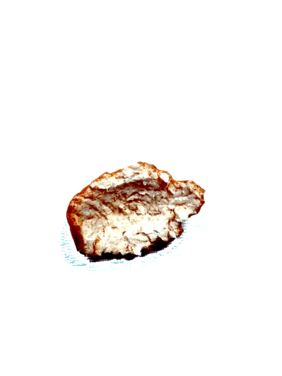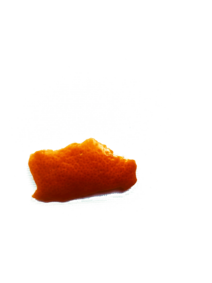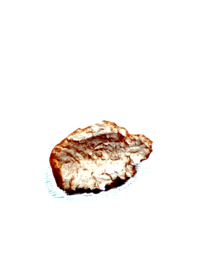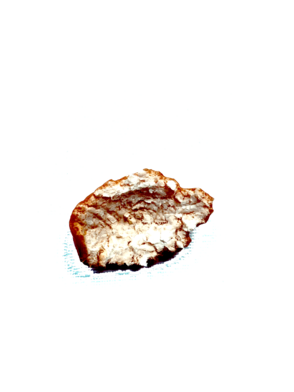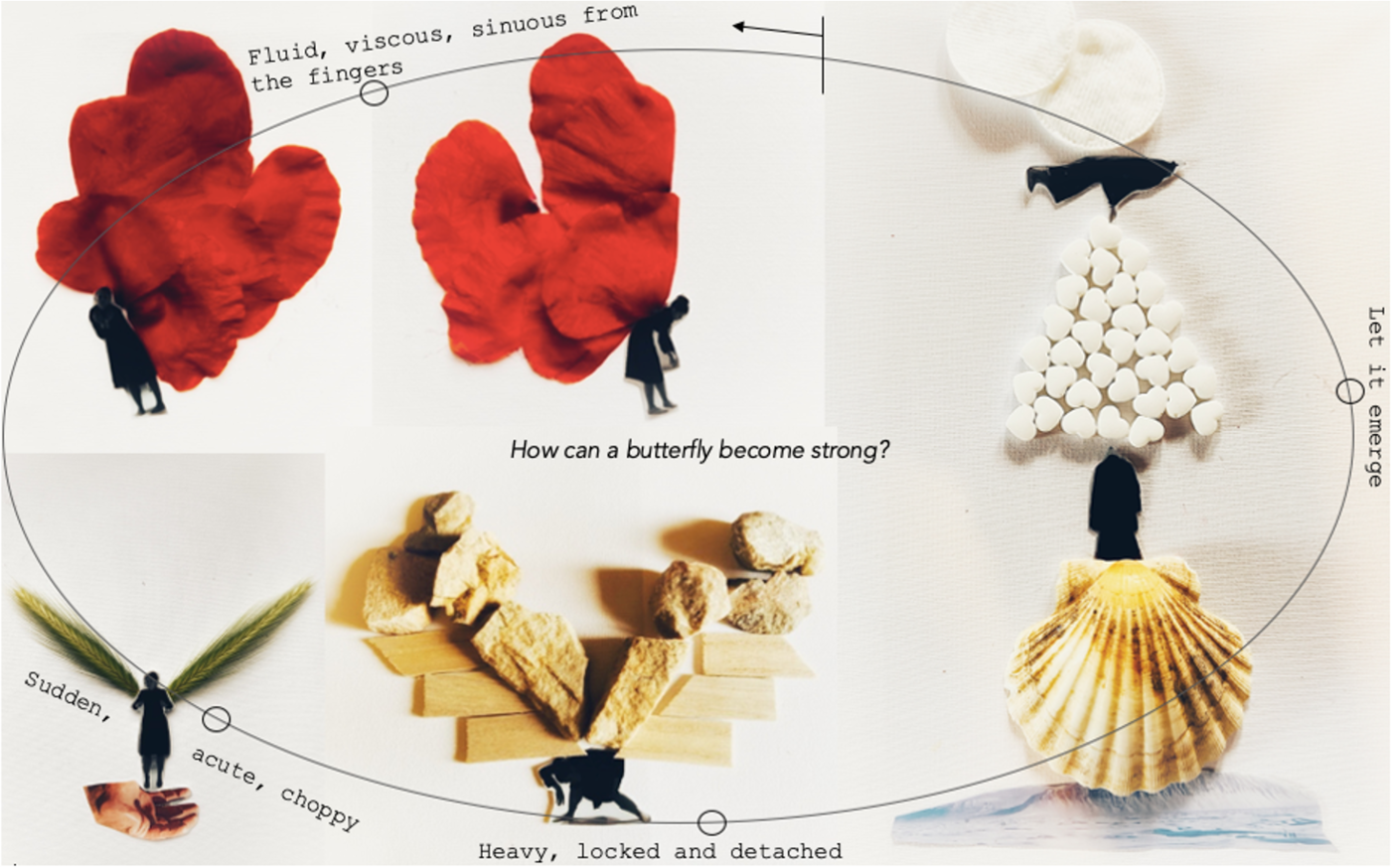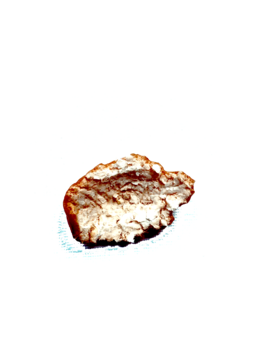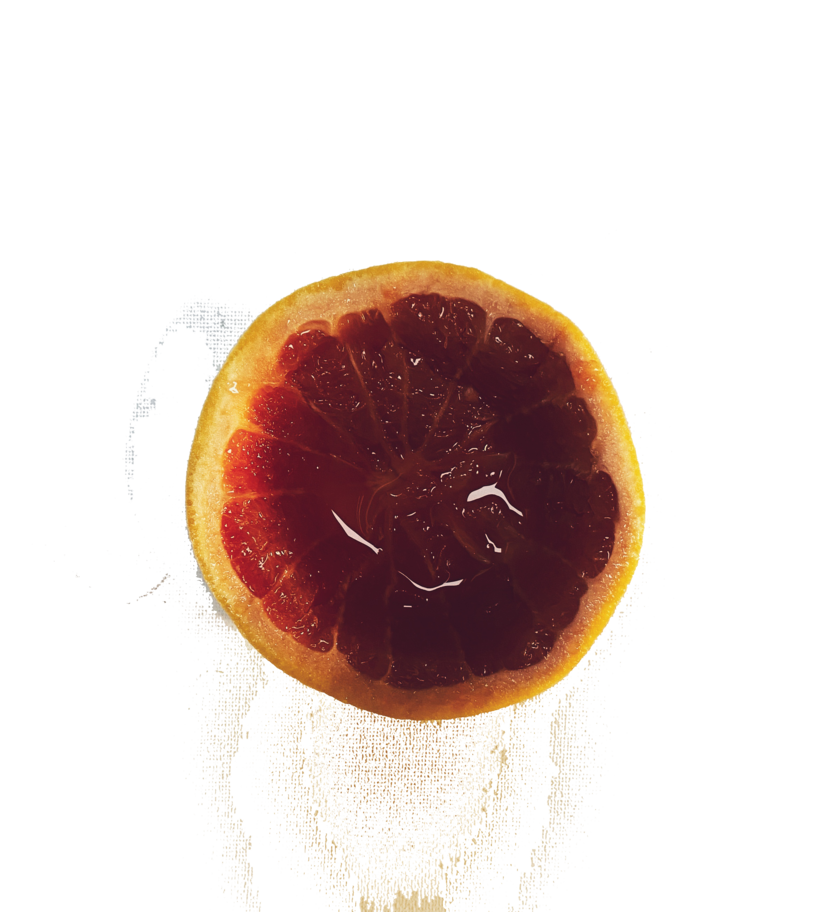I have decided to combine the three avenues for practicing intuition in one exercise that included also an investigative approach to enlarge my knowledge on textures through the experiences of two dancers.
I shared with them my research and I gave them some instructions in order to process a visual score made of my collage and my paradoxical questions.
The textural score
Learning from other bodies
"Because if we connect to the quality, the story happens"
(Emese Nagy, during the score)
“Metaphorical thought is unavoidable, ubiquitous and mostly unconscious”
(Lakoff, G., & Johnsen, M., 2003, p. 273)
How to approach the task
In order to be responsive to intuition mechanisms, you first need to be in a state of openness to feelings and cognitions and to the external environment, I ask to put yourself in a state of receptiveness, where unexpected events can naturally emerge and eventually evoke emotions, coherences and resonances. This process is strongly related with your body awareness and its state of activation, together with emptying the mind, that has some resemblances with a meditation state.
In Zen practice paradox and provocative questions are used constructively as a way to direct the mind to subverbal levels out of which acts of creativity arise. This process is called Koan and indicates the practice of asking non-discursive questions, which solution cannot be reached rationally.
The task
- I will propose you a question and I will ask you to solve it through your body movement while following the score that I have prepared for you. It’s a score generated from my collage practice assembled with notation on textures that will help your journey. There are four stages which form a circle to be traveled counterclockwise, each one has an associated image and texture. Follow the path also in space, you can use the transitions between one image and the other to transform yourself or find a break that leads you to the next step (n.b. the first image/stage is composed by two creatures).
- At the end of your journey, stop and spend some minutes listening to the echoes still moving in your body, allow yourself to listen what your head is speaking, can you share your sensations and discoveries with me? Did you have any instant unexpected revelation both on an imaginary level and on a body reaction level?
- Can you describe how your body reacts to the textures indicated in the score? What are the muscles and the forces engaged and where is the source located? Is there a texture where you feel more comfortable with?
Some thoughts
- The scores have the semblance of a surreal geography that gives a palette to generate from the generated and the questions contribute to make whatever was actually happening in an improvisation, come more clearly into view.
- Through the practice I recognize emerging textures with potential in becoming a source of investigation. The different ways in which the dancers are approaching the same score gives me material to refine my descriptions and adjectives or details that I might add to be more specific.
- Image and text are interlacing and completing each other.
- Some adjectives on the qualities of movement weren’t present in my indications but were instinctively associated to a specific texture (circular, slow motion…). How are textures related to rhythm? How much showing a movement impacts the embodiment of it?
- I see emerging connections and possible compositional explorations: i.e. Emese’s wall and Melina’s repetitive pattern in the end.
What I take from the work on textures are new layers of feeling through the task I give.
For me it becomes fundamental to be aware of what the dancers are feeling while they connect to my task and how the dancers’ descriptions become then part of my vocabulary, or a different way to express what I intended to express. I get awareness of how my inputs are received and I change the approach through the results I see, what is missing and how I can refine my approach.
